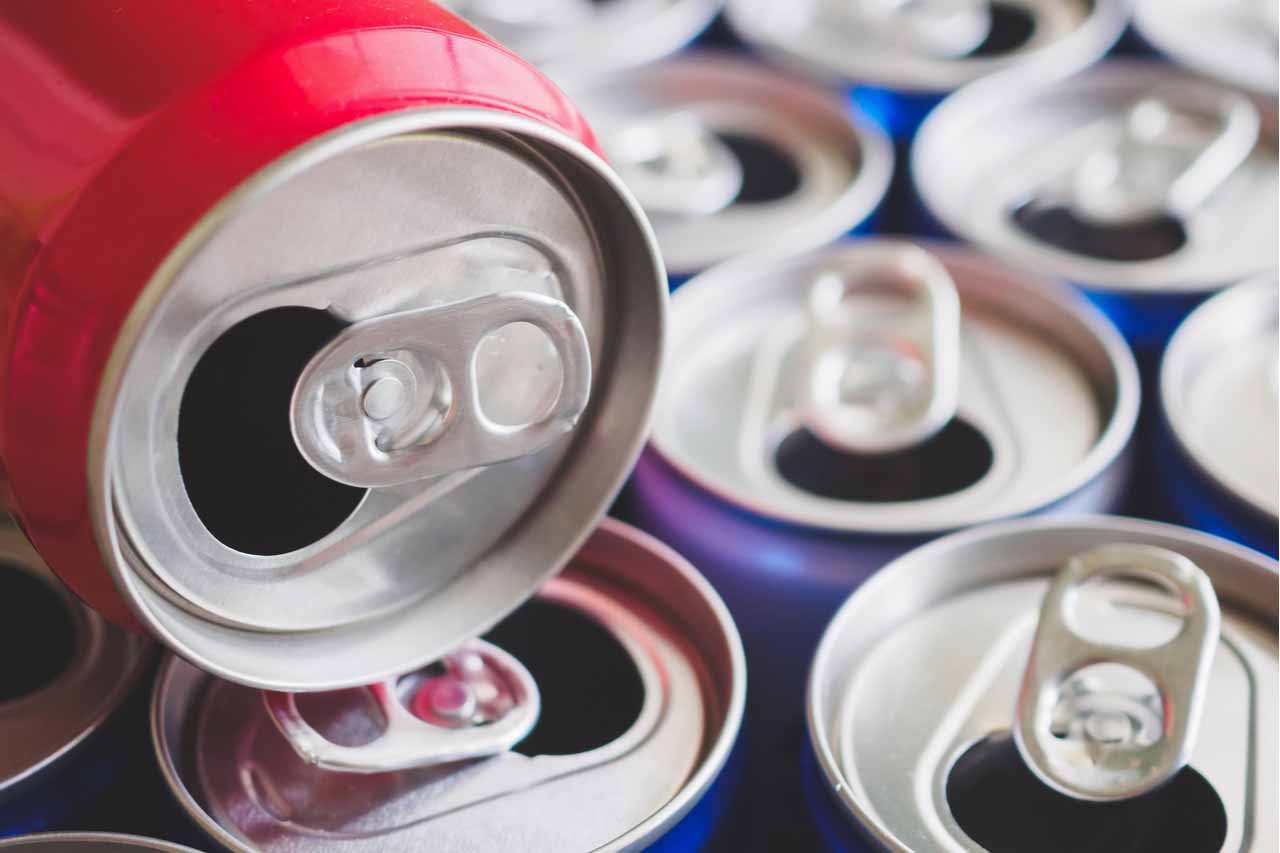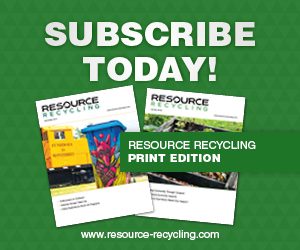
Last year, Constellium used a greater weight of recovered material in its aluminum products and Ball used more recycled content in its cans. | Kwangmoozaa/Shutterstock
Two huge consumers of recycled aluminum from used beverage cans recently published sustainability reports noting progress in their efforts to use more recycled metal.
In its report, aluminum recycling company Constellium said it consumed about 693,000 metric tons of recovered aluminum last year, 92% of the way toward its 2026 goal. Meanwhile, Ball, a producer of aluminum beverage cans, noted that it increased the recycled content of its cans by about 3 percentage points last year.
The following are some takeaways from both reports.
Constellium’s recycled inputs
Global aluminum giant Constellium, which recycles used beverage cans (UBCs) and other scrap material at plants in the U.S. and elsewhere, reported that 41% of its 2022 inputs consisted of recovered metal. Of that, 17% was post-consumer scrap and 24% was production scrap from downstream customers (the numbers exclude Constellium’s own internally consumed production scrap), according to its recently released sustainability report.
In terms of the weight of recovered metal melted by Constellium, the numbers show progress toward the company’s goals. The 693,000 metric tons consumed is up from 675,000 metric tons in 2021, an increase of about 3%. In 2020, the company consumed 586,000 metric tons. Constellium’s goal is 750,000 metric tons or more by 2026.
But in terms of the percentage of recycled inputs, the 41% in 2022 was exactly the same as the year prior. Constellium has a 2030 target of at least 50% of feedstock to come from recycled sources. According to a press release, the company assesses that it’s still on track toward that 50% target.
Constellium’s report notes that it has the capacity in the U.S. and Europe to recycle about 605,000 metric tons of post-consumer and pre-consumer aluminum per year. Over half of that is at a mega plant in Muscle Shoals, Ala., where the company recycles UBCs and other scrap. That plant, alone, can recycle 340,000 metric tons of metal per year.
Constellium noted that, in 2022, it used close to 100% of its recycling capacity. A Constellium spokesperson said the difference between what the company consumed in 2022 – 693,000 tons – and its stated capacity – 605,000 tons – was “linked to the amount of recycled input we bought in 2022 versus what we recycled ourselves.”
The company is working to increase its capacity. In November, it broke ground on a 130 million euro ($139 million) aluminum recycling plant in Neuf-Brisach, France. That plant currently has the capacity to recycle up to 160,000 metric tons of aluminum, including UBCs, per year. The expansion will add another 130,000 metric tons of capacity, the report notes.
The report also notes the company has signed on to efforts by the Aluminum Association and Can Manufacturers Institute (CMI) to push for policies that increase supply of recovered metal, including by lobbying for container deposit laws.
“Together with the Aluminum Association and CMI, we are active at federal and state levels, working to introduce bills, signing letters to legislators, and participating in webinars and seminars to promote deposit laws,” the report notes. “We supported the launch in September 2022 of a new website, www.RecyclingRefundsWork.org, which provides information on recycling refund/container deposit programs and also highlights key policy principles for well-designed deposit programs.”
Recycling a key climate strategy for Ball
Meanwhile, Ball Corporation on March 16 released its combined financial and sustainability report, which noted that the company’s global beverage packaging averaged 66% recycled content last year, up 3 percentage points from the prior year.
Ball has a 2030 goal of using aluminum with 85% recycled content to make beverage cans, bottles and cups.
Recycled aluminum packaging is both a money-maker for Ball and a key part of the company’s carbon-reduction strategy, the report shows. In 2022, Ball brought in about $13.37 billion, or about 87% of the company’s revenue, from selling aluminum products made with recycled content.
Increasing aluminum recycling rates is also the largest single opportunity Ball sees to reduce its Scopes 1, 2 and 3 greenhouse gas emissions, because recycling the metal uses so much less energy than producing it from mined sources. As a result, recycling is mentioned throughout the company’s recently released Climate Transition Plan.
By 2030, the company wants its absolute GHG emissions to be 45% of what they were in 2017 – put another way, the company is working toward a 55% reduction. Ball sees its “circularity” strategy alone as getting it halfway to its goal, with circularity defined as achieving 85% recycled content in its beverage can sheet, as well as onshoring of can sheet and active supply chain decarbonization efforts.
Other strategies, such as reducing energy usage, lightweighting products and cutting carbon from energy sources used to smelt and refine primary aluminum, yield smaller GHG reduction benefits, the report shows.
To generate enough supply to hit the 85% recycled content number, Ball estimates the industry will need to achieve a 90% global recycling rate for aluminum cans, bottles and cups by 2030.
Ball is also pushing container deposit legislation, as well as extended producer responsibility (EPR) policies as long as those EPR programs include eco-modulated fee structures that reduce costs for producers whose products are valuable in the scrap stream and recycled at high rates.
More stories about metals
- Novelis posts steady Q2 amid tariffs, fire recovery
- Aluminum Association urges action to boost markets
- Tariffs on Canada and Mexico take hold



